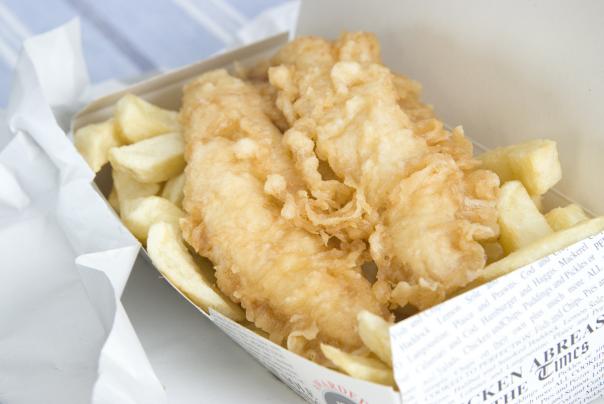
Soft drinks inflation has now reached the highest point to date, which has been attributed to a move away from alcohol consumption and reformulation of products.
Shaun Allen, chief executive at Prestige Purchasing, said: “The continued rise on year on year food and drink inflation for the sector will not be welcome news for operators who are also facing a challenging trading environment.
“However, the future outlook is showing more positive signs that inflation could ease during the year, with the Index showing a number of categories falling back month on month. The recent improvement in exchange rates should also help, providing of course that the outcome of Brexit over the next couple of weeks does not lead to major disruption to availability of products from the EU and introduction of WTO tariffs.”
Due to production costs following feed shortages after the hot summer, dairy prices have also seen higher year-on-year inflation, but demand is expected to remain strong and could drive prices further in the year.
Inflation in the oils and fats category of the index had ‘softened after a period of very high year on year inflation’, because of a decrease in crude oil pricing since 2018, in addition to mounting US stocks of soybeans and introduction of legislation in China which is creating a potential future surplus.
Fiona Speakman, CGA client director – food, said: “The latest edition of the Foodservice Price Index shows some significant and widespread movements in prices, creating more headaches for foodservice businesses.
“Month on month easing of inflationary pressures in key categories like Dairy and Oils & Fats provide some grounds for optimism, but with the impact of Brexit on the supply chain and currency rates still so unclear, we can expect more volatility. It will be absolutely vital for businesses to stay right on top of market trends as we move deeper into 2019.”